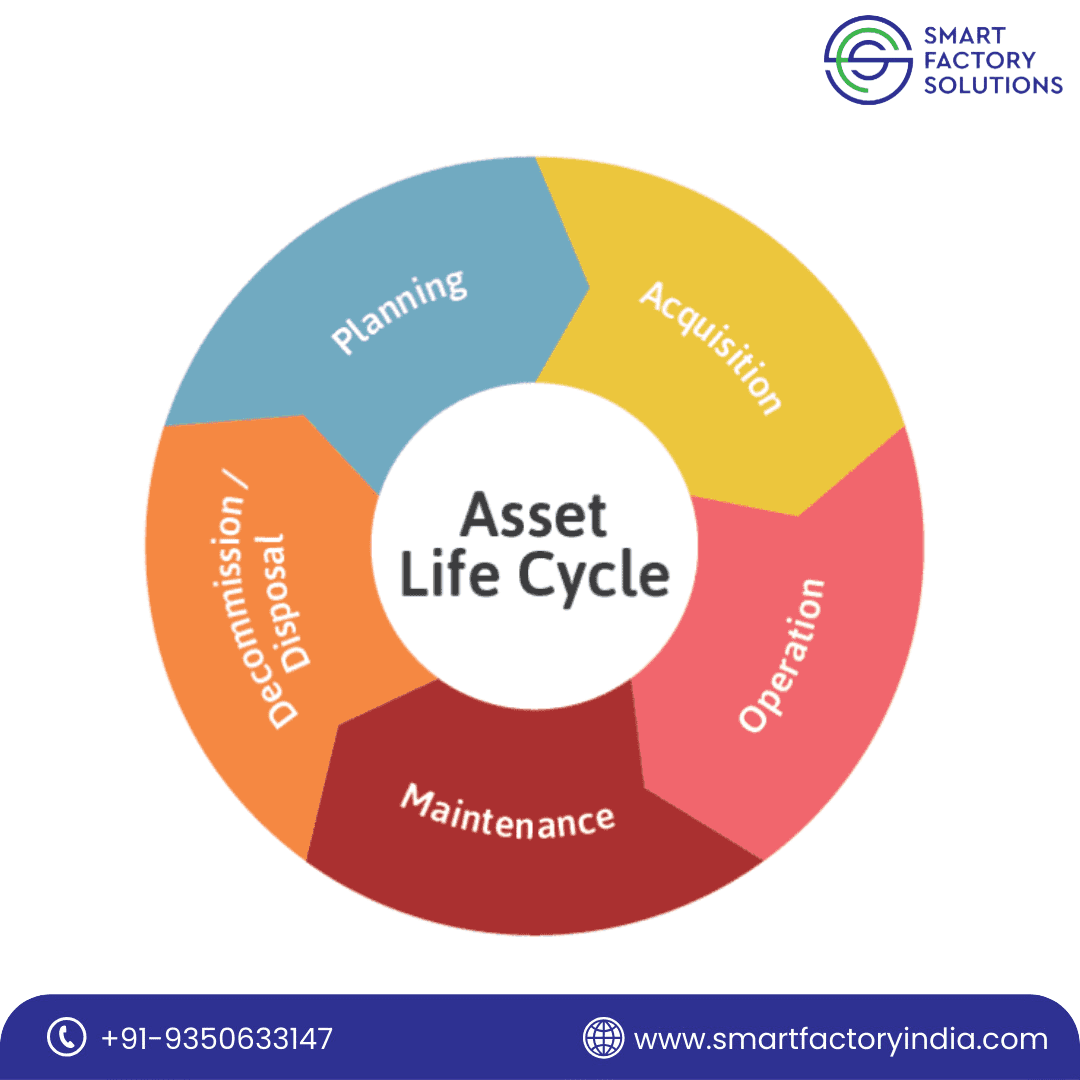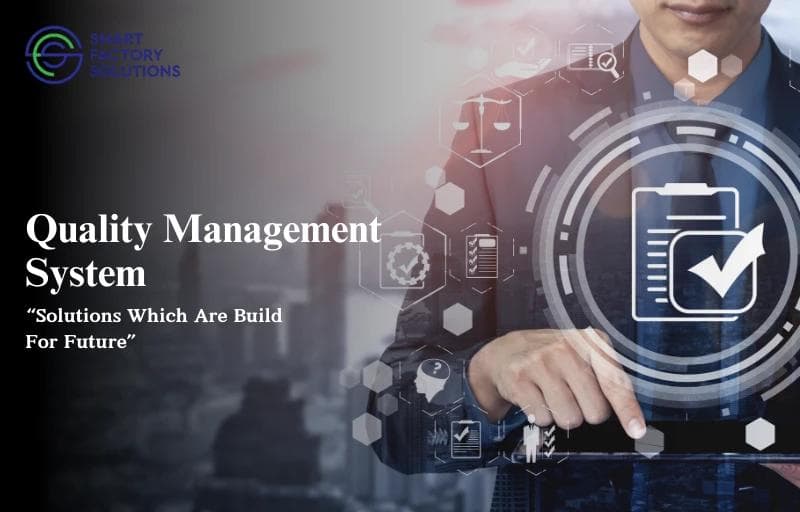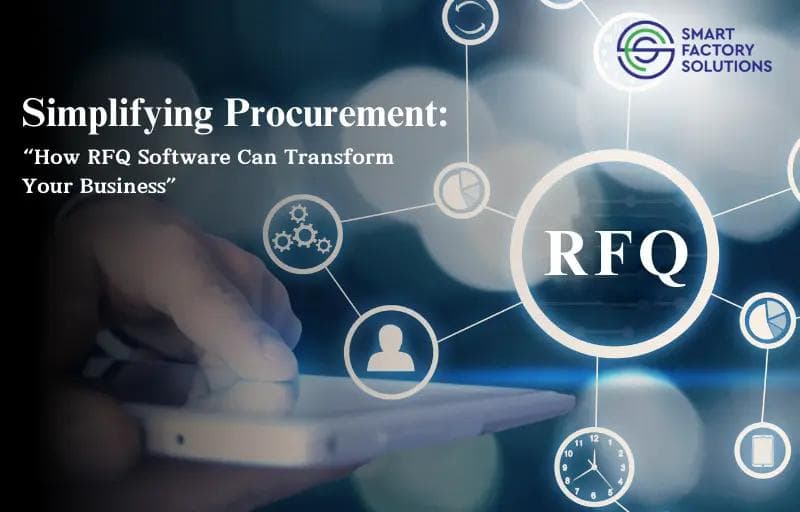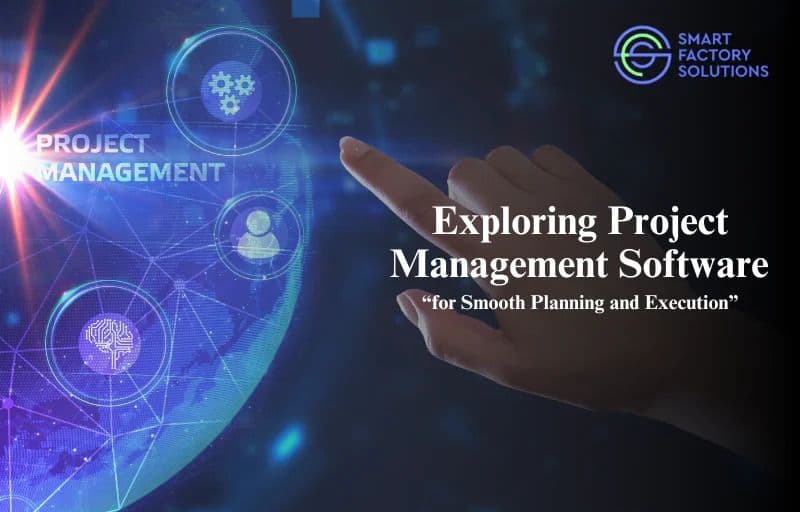Back
Understanding the Impact and Value of Enterprise Asset Lifecycle Management

Executive Summary
Enterprise Asset Lifecycle Management (EALM) is a comprehensive approach to managing an organization's physical assets from acquisition to disposal. It encompasses various stages, including planning, tracking, maintenance, warranty management, and documentation. This whitepaper explores the impact and value of EALM, focusing on its role in asset optimization, cost reduction, risk management, and strategic decision-making. Understanding these elements helps organizations leverage EALM to drive operational efficiency and achieve long-term success.
Introduction to Enterprise Asset Lifecycle Management
Enterprise Asset Lifecycle Management (EALM) involves managing an organization's assets throughout its lifecycle, from acquisition and deployment to maintenance and disposal. It requires an integrated approach, combining people, processes, and technology to ensure assets are used efficiently, appropriately maintained, and eventually retired responsibly. EALM contributes to reduced costs, extended asset life, and compliance with industry regulations.

Effective EALM can transform organizations, enabling them to optimize asset utilization, improve operational efficiency, and support strategic business goals.
Key Components of EALM
Enterprise Asset Lifecycle Management consists of several key components, each contributing to the overall effectiveness of asset management:
- Asset Tracking and Inventory Management: EALM includes tools and processes to track the status of machinery, equipment, IT hardware, and other assets in real-time, often using barcodes and RFID. Effective asset tracking ensures that assets are where they should be and are used as intended, reducing the risk of loss or misplacement. Inventory management involves overseeing the supply, storage, and distribution of an organization's assets and materials. It includes tracking inventory levels, ensuring optimal stock levels, and managing inventory turnover to avoid excess or shortage.
- Warranty Management: Warranty management is a critical component of Enterprise Asset and Lifecycle Management (EALM). It involves tracking, managing, and utilizing warranties for assets, ensuring organizations receive the full benefits of their warranties while minimizing costs and risks. Proper warranty management helps extend asset life, reduce repair costs, and ensure compliance with vendor agreements.
- Maintenance Management: Maintenance management is a critical aspect of Enterprise Asset and Lifecycle Management (EALM), focusing on the upkeep, repair, and optimization of assets to ensure efficiency and longevity. Proper maintenance management involves planning, scheduling, tracking, and executing maintenance tasks to minimize downtime and extend asset lifespan.
- Invoice Management: Proper invoice management within EALM ensures accurate billing, reduces errors, and streamlines financial processes related to asset acquisition, maintenance, and repairs.
- Document Management: This component includes storing and organizing essential documents related to assets, such as contracts, warranties, and maintenance records, facilitating compliance and audits.
- Regulatory Compliance: EALM helps organizations ensure that assets meet industry regulations, safety standards, and environmental requirements.
Impact and Benefits of EALM
Enterprise Asset Lifecycle Management significantly impacts various aspects of an organization's operations, contributing to cost reduction, risk management, and strategic decision-making. Here are the key benefits:
Cost Reduction
EALM helps organizations reduce costs in several ways:
- Lower Maintenance Costs: By implementing proactive maintenance strategies, organizations can reduce the need for costly emergency repairs. Additionally, effective warranty management helps organizations leverage warranty coverage, reducing repair and replacement costs.
- Optimized Asset Utilization: EALM ensures that assets are used efficiently, avoiding overuse or underuse, which can lead to unnecessary capital expenditure.
- Reduced Total Cost of Ownership: EALM's approach to asset tracking, maintenance, and warranty management helps extend asset life, reducing the need for premature replacement and lowering the total cost of ownership.
Improved Asset Performance
EALM's focus on proactive maintenance and asset tracking leads to improved asset performance and reliability. Organizations can minimize unexpected breakdowns and extend asset life by scheduling preventive maintenance, monitoring asset conditions, reducing downtime, and enhancing operational efficiency.
Enhanced Regulatory Compliance
EALM helps organizations ensure compliance with industry regulations and safety standards. Organizations can avoid penalties and legal issues by tracking assets, managing documents, and ensuring proper maintenance. This enhances an organization's reputation and reduces regulatory risks.
Risk Management
EALM plays a crucial role in risk management by reducing the risks associated with asset failure and operational disruptions. Warranty management provides additional risk mitigation by covering assets for repairs and replacements. Regulatory compliance management helps organizations stay compliant with industry standards, reducing the risk of penalties.
Strategic Decision-Making
EALM provides valuable data and insights that support strategic decision-making. Detailed reporting and analytics allow organizations to make informed decisions about asset investments, maintenance strategies, and asset replacement planning. Organizations can allocate resources more effectively and plan for future asset needs by understanding asset utilization and performance.
Reports and dashboards
- Total Cost of Ownership (TCO): EALM reports can provide insights into the total cost of ownership of assets. This encompasses acquisition, operation, maintenance, and disposal costs. Organizations can make informed decisions about asset procurement, leasing, and management strategies by understanding the TCO.
- Projected Expenses: EALM dashboards can forecast future expenses related to assets. This includes maintenance, replacement parts, labor, and other operational costs. These projections help in budgeting and financial planning, allowing organizations to allocate resources effectively.
- Depreciation Analysis: Reports can track the depreciation of assets over time, allowing businesses to understand the impact on financial statements. Depreciation reports help in tax planning and ensure accurate accounting of asset values. They also guide when assets might need replacement or upgrading.
- Asset Utilization and Optimization: EALM dashboards offer real-time visibility into asset utilization. This allows organizations to identify underutilized assets or those approaching the end of their useful life. By optimizing asset use, businesses can improve efficiency and reduce unnecessary costs.
Reminders
EALM-based reminders create a more structured and reliable approach to asset management, providing clarity and predictability in managing maintenance, warranties, and insurance. This ultimately leads to improved financial planning, enhanced asset utilization, and reduced risk, resulting in a more efficient and cost-effective asset management process.
Support tickets
Enterprise Asset and Lifecycle Management (EALM) is crucial in managing support tickets and providing a structured approach to track, resolve, and analyze asset-related issues. Support tickets can represent a variety of problems, from equipment malfunctions to software glitches. Here are the key impacts and benefits of EALM on support tickets:
- Centralized Issue Tracking: EALM systems offer a centralized platform to manage support tickets. This centralization ensures that asset-related issues are recorded in one place, providing a clear overview of all pending and resolved tickets. It also facilitates tracking and prioritizing issues based on their urgency and impact on business operations.
- Streamlined Ticket Management: With EALM, organizations can streamline ticket management from ticket creation to resolution. Automated workflows and notifications help assign tickets to the right teams, reducing response times and improving overall efficiency.
- Improved Collaboration and Communication: EALM fosters better communication among stakeholders involved in asset management, including maintenance teams, asset managers, and customer support. Using a shared platform for support tickets allows these teams to collaborate more effectively, leading to quicker issue resolution.
- Maintenance History and Analysis: Support tickets in EALM contribute to the maintenance history of assets. This history provides valuable data for analyzing trends and identifying recurring issues, enabling organizations to implement preventive measures and reduce future ticket volume.
Challenges and Solutions
Despite the benefits, implementing EALM can present several challenges:
- Complex Data Management: Managing asset data, including tracking, warranty information, and maintenance records, can be complex. It requires robust systems and processes to ensure data accuracy and consistency.
- Integration with Existing Systems: EALM solutions must integrate with other enterprise systems like ERP, CRM, and MMS, which can be technically challenging and require careful planning.
- Change Management: Implementing EALM may often involve organizational change, leading to resistance from employees and stakeholders. Proper change management is essential for successful adoption.
- Maintenance Overhead: The initial setup and ongoing maintenance of EALM can increase workload, requiring efficient resource allocation and training.
Best Practices for Implementing EALM
To ensure successful EALM implementation, consider the following best practices:
- Define Clear Objectives: Establish specific goals for EALM implementation that align with the organization's broader strategy and objectives.
- Select the Right EALM Solution: Choose EALM software that meets the organization's needs, integrates with existing systems, and is scalable for future growth.
- Secure Executive Support: Gain buy-in from senior management to ensure project success and allocate necessary resources.
- Provide Comprehensive Training: Train employees on the new system to promote adoption and reduce resistance.
- Implement in Phases: A phased rollout can minimize disruptions and allow adjustments based on feedback and lessons learned.
- Ensure Data Quality and Governance: Establish data governance policies and ensure data accuracy throughout the asset lifecycle.
Conclusion
Enterprise Asset Lifecycle Management is a valuable approach for organizations seeking to optimize asset performance, reduce costs, manage risks, and ensure regulatory compliance. By focusing on critical components such as asset tracking, warranty management, maintenance planning, invoice management, and document management, EALM helps organizations achieve operational efficiency and strategic success.
Effective EALM implementation requires careful planning, robust systems, and comprehensive training. By following best practices and addressing common challenges, organizations can unlock the full benefits of EALM, contributing to operational efficiency, cost savings, and strategic decision-making.



